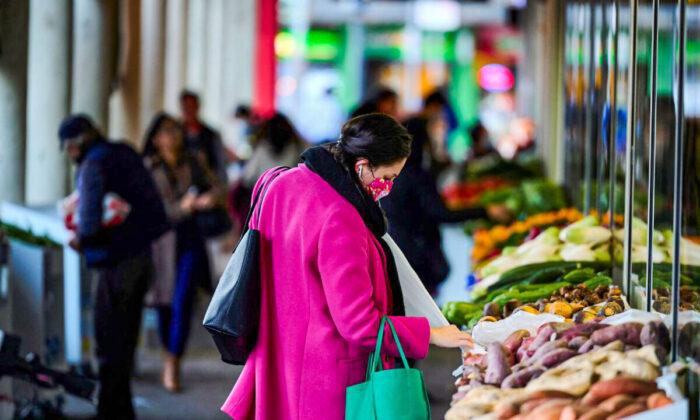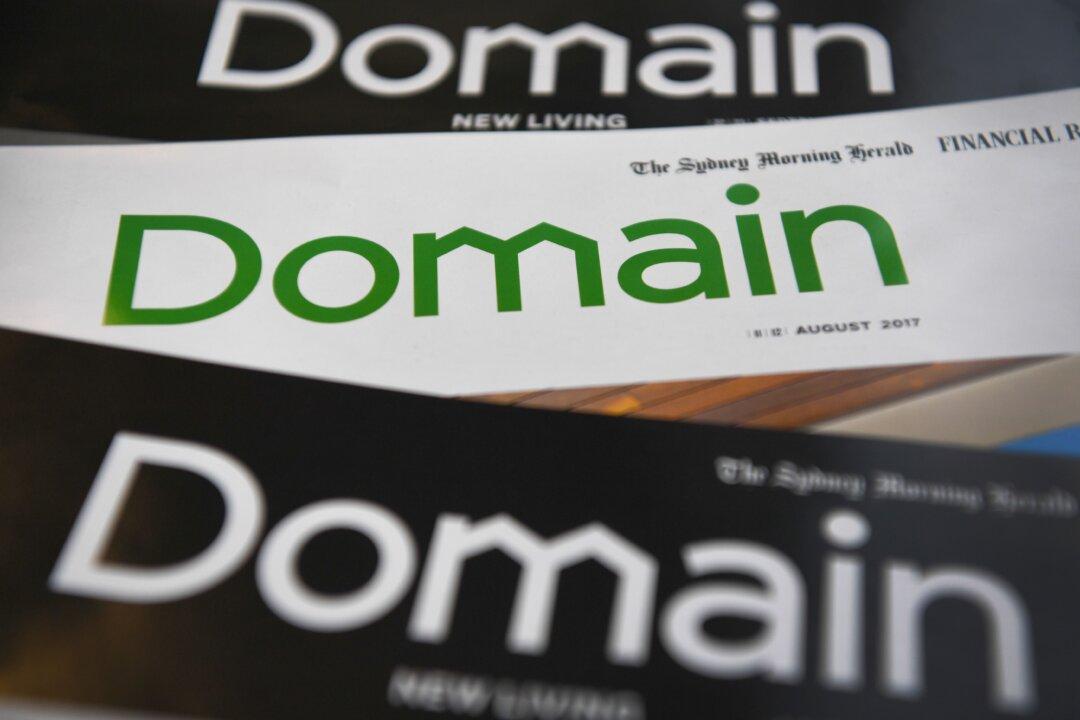Surging living costs have become the most concerning issue for Australian voters as the federal election is only a couple of weeks away, a new study has found.
“Interestingly, we also found that this was a view held by people who said they would vote for Labor, for people who said they would vote for the Coalition, and for those who weren’t planning on voting for either party.
Additionally, fixing aged care (60 percent) and improving the economy (54 percent) ranked second and third among voters’ top concerns, followed by reducing health care costs (54 percent) and addressing climate change (53 percent).
On the other hand, only 37 percent of voters still considered COVID-19 as a significant concern, and the figure was even lower for immigration, standing at 22 percent.
At the same time, the ANU study indicated that the proportion of people saying they would vote for the Labor party in the upcoming election fell slightly from 36.3 percent in January to 34.4 percent in April.
The Coalition also saw an insignificant drop from 31.7 percent in January to 31.2 percent in April.
In contrast, the percentage of voters supporting the Green party rose noticeably from 14.2 percent to 16.2 percent during the same period.
Furthermore, over six in ten survey takers (62.4 percent) expressed their disappointment with the country’s current direction.

Meanwhile, Australians are spending a lot more on fuel than they did a year ago, increasing the financial burden on households.
At the same time, the country’s peak motoring body found that Australian households in capital cities spent over $400 (US$284) for weekly transport on average, while the figure for regional households was $330.
Across Australia, Sydney households had the highest average transport spending at $474.44 a week, out of which $94.80 was spent on petrol.
In comparison, Hobart motorists spent the most on petrol at $100.18 a week, but their overall spending on transport was the lowest among the capital cities, standing at $354.45.
The transport spending calculated by the AAA encompassed a wide range of costs: loan payments, fuel, tolls, insurance, servicing, registration, roadside assistance and public transport.





